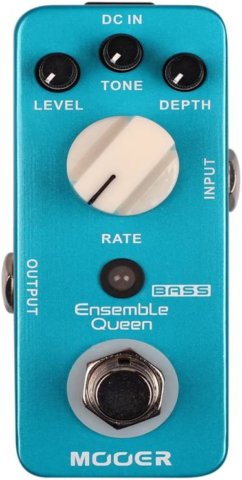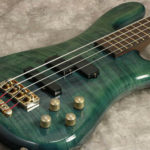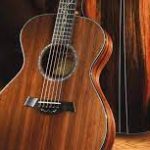Bass Effects - Chorus
In music, a chorus is a group of singers, like a choir. Other times, the term chorus is used to describe the part of a song where everyone sings together in between the verses.
Chorus Effect
To achieve this effect on guitar, you would need two guitarists, playing in sync. The chorus effect sounds as if two instruments are performing the same part at the same time. The chorus effect brings out the subtle variations between the two parts. Even if two guitarists played in perfect unison, it doesn’t compare to the complex overtones created by the chorus effect.
Imagine the same sound, in very small increments, smaller than your hand would be able to pull off, with perfect consistency. This altered signal might sound like a simple vibrato. When it is mixed with a clean signal and spread out over a stereo field, it creates a watery, spacious sound. This is the effect that chorus pedals are known for.
I will explain it more detail. When one singer sings alone, you hear their voice singing many notes. When you break it down, you can hear each note that their voice sings, but a single note at a time. When a group of people sing together, at the same time, something interesting happens.
Some may be slightly flat, or below the pitch. Some voices may even be completely off pitch, or out of tune. Since no two voices are perfectly alike, there will be slight variations in pitch, tone and phrasing. This combination of voices produces a voice that sounds thicker and fuller, than just one voice.
The differences between the voices “smear” the sound, resulting in an even bigger, more complex, overall sound. It sounds almost fluid. To expand that, you can add in more voices and spread them around a stereo field. The final effect is a huge, spacious sound;like a choir.
A 12-string guitar works in a similar way. A standard guitar has 6 strings. On a 12 string, each of those strings are doubled. One string will be tuned to a note, and the second string will be tuned one octave higher. They are never perfectly in tune, which is what produces the lush sound of a 12-string guitar.
If you’ve ever hooked up a pair of speakers, and accidentally reversed the speaker wires. If you plugged in the wires wrong on one speaker of a pair, there will be a little sound or no sound at all. This happens when you reverse the polarity of one speaker. One wave hit its top while the other hits its bottom. This will cause the opposing audio waves to cancel each other out.
The chorus effect takes the source sound like your bass signal, copies it, and slightly alters the timing using a delay much like the flanger effect did. When the new sound is combined with the original, the “singing together” effect is produced.
The difference between the flanger effect and the chorus effect is the length of the delay. A flanger uses a delay time of less than 10 milliseconds. Chorus uses between 10 to 20 ms. With the longer delay time, something interesting happens—the pitch is slighlty altered, or shifted
Doppler Effect
The Doppler effect is what you hear when an ambulance goes past you. As the ambulance approaches, the pitch goes up; as the ambulance moves away from you, the pitch drops. That’s due to the timing of the sound waves reaching you. The delay time of the chorus effect takes advantage of this audio phenomenon.
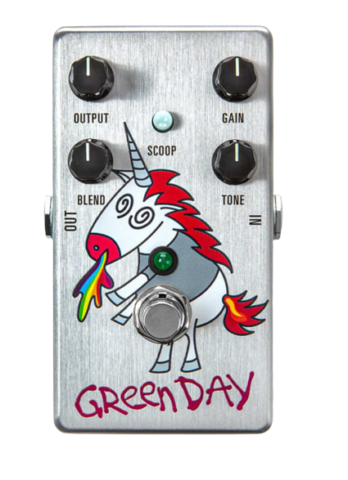
Chorus on Bass
When used tastefully, chorus can add a very melodic presence to a bassline. Using chorus on bass guitar can make the bassline sound like it is singing. Of course, it’s the playing of the bassline that really makes it melodic, but the chorus effect can enhance it.
Chorus is most pronounced on longer notes, but it can work on any sort of bassline.
Chorus on Slap Bass
For a time in the 1980s, using chorus on slap bass was hugely popular. Hearing someone slapping with a chorus effect, takes a lot of people, back to the 1980s! This happens sometimes with effects and technology. The chorus effect was used so much that it has a date associated with it.
Be careful with pitch-altering effects on a crucial instrument like the bass guitar. One main role of the bass is to define the harmony, changing the pitch too much can get in the way or cause problems for the band as a whole. As with most effects on bass, a little goes a long way.
Basslines with Chorus
Recommended Bass Chorus Pedals
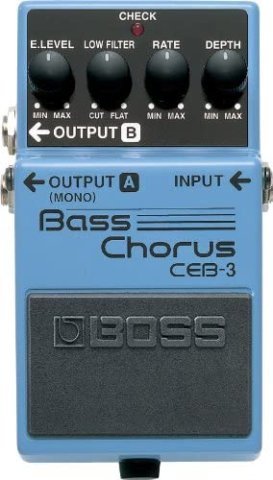
MXR M83 Bass Chorus Deluxe
The CEB-3 Bass Chorus pedal offers a split-frequency chorus effect capable of applying warm, rich chorusing to the higher frequencies without muddying up the lows. Effect Level, Low Filter, Rate and Depth knobs permit precise tonal shaping. It’s the perfect chorus pedal for bassists.
Caline CP-83 BASS CHORUS
CP-83 is original designed by Caline, bass analog chorus.
The mono/stereo outputs can be switched between Normal and Mixer output modes. Normal output mode is for connecting directly to the input of a bass amplifier. Mixer output mode is connecting directly to a mixing board or headphone preamp.
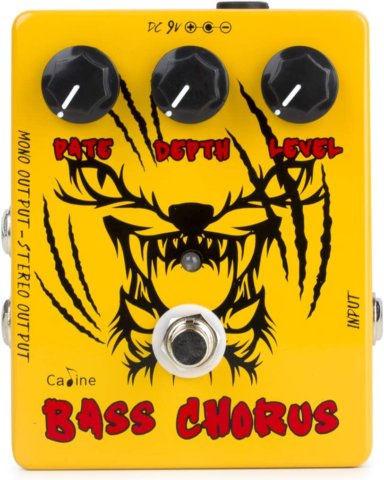
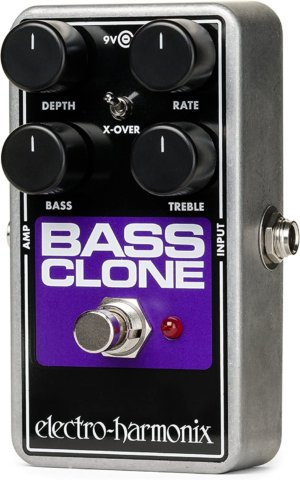
Electro-Harmonix Clone Bass Chorus
The Bass Clone chorus pedal’s core circuitry is nearly identical to the legendary Small Clone chorus, but with added features especially for bass. The Bass Clone effectively combines modulated and dry signals resulting in a tight, focused bass guitar sound with a well defined low end and shimmering chorus on top.
Walrus Audio Julia Analog Chorus
The Julia is a fully analog, feature-rich chorus/vibrato packed with a wide array of tonal landscapes begging to be explored.
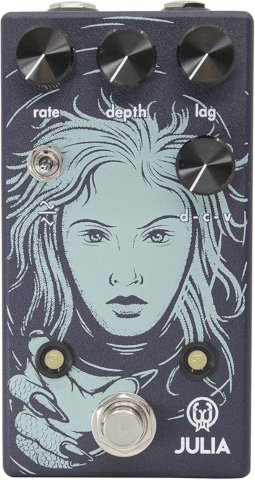

Tomsline Bass Chorus
Tomsline ALR-3 Liner, ABY Line Selector Pedal. Signal path from A/B to Y, or from Y to A/B. True bypass.
MOOER Ensemble Queen Bass Chorus
Thunderball of Fuzz to Filter of Sweeper, nowadays, there is a new choice for your Pedal Board— Ensemble Queen, the Bass Chorus pedal.
